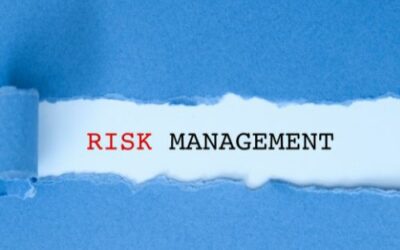
If you want to enhance your company’s efficiency, reduce operational costs and maximise profits, a robust fixed asset management system lies at the core of it all. Read on to learn how keeping a fixed asset register will save your business time and money.
The Significance of Tracking Fixed Assets
In accounting terms, they fall under the umbrella of noncurrent assets and are items that a company intends to use for more than a year at the time of purchase. Tangible objects like laptops, furniture, vehicles, and buildings are some examples of fixed assets.
A special consideration about these assets, which is also the reason why they need to be tracked in a separate fixed asset register, is that they lose value over time. Although this is not true for all fixed assets, it still is a major characteristic that highlights the need for recording the assets’ value depreciation as they age. This can only be done with effective fixed asset management.
What’s a Fixed Asset Register and How Does it Save You Time And Money
With seamless integrations, the system behind fixed asset management software helps it automatically update asset details throughout the database. As a result, high accuracy and accountability enable a business to save the most time and money. Let’s get into the details.
Gives You Accurate Asset Records
A lot of companies end up stacking shelves upon shelves of similar hardware or other assets. This happens just because they are unable to cross-check what they need and what they don’t at the time of purchase.
On the contrary, with all fixed assets logged on to the register, you have a clear overview of what your business has and what it doesn’t. This helps you avoid duplicate purchases. Moreover, logging assets with important information like price of purchase, warranty info and maintenance requirements help you get the most of each asset.
Makes it Easy to Keep Asset Data Up To Date
Outdated fixed asset records can lead to a range of problems, all of which ultimately lead to a loss of time and money. For instance, ghost and zombie assets, an outcome of below-par fixed asset management, can lead to higher insurance premiums and extra tax-related fines.
Helps Record Fixed Asset Depreciation
You will inevitably struggle to record the fall in fixed assets’ value if you don’t use the best asset tracking software. This leads to you paying exorbitant insurance premiums and taxes on assets that are no longer in use. Invest in a good asset management system and save yourself a lot of money!
Maintain High Transparency
However, using fixed asset management software brings transparency to every nook and cranny of asset management. The ability to assign assets to employees brings accountability to the table. And when every employee can access and record asset details, transparency is manifest.
itemit’s Fixed Asset Register
To find out more about how itemit can save your business time and money, you can contact the team at team@itemit.com. You can also fill in the form below to start your 14-day free trial.

Try itemit
Choose a better way to track
your assets.
Start your free 14-day trial now!

Keep Learning
itemit Blog
Tips, guides, industry best practices, and news.
The Role Of Your Asset Register In Risk Management And Contingency Planning
What role does your fixed asset register play in risk management and contingency planning? Read our latest post now to find out!
The Role Of An Asset Register In Financial Reporting And Audit Compliance
How can an asset register app help with financial reporting and audit compliance? Check out this article now to find out!
The Impact Of An Asset Register On Asset Utilisation And Cost Management
Regardless of what asset register format you use, a digital format can have an impact on asset utilisation and cost. Read this article to learn more!




